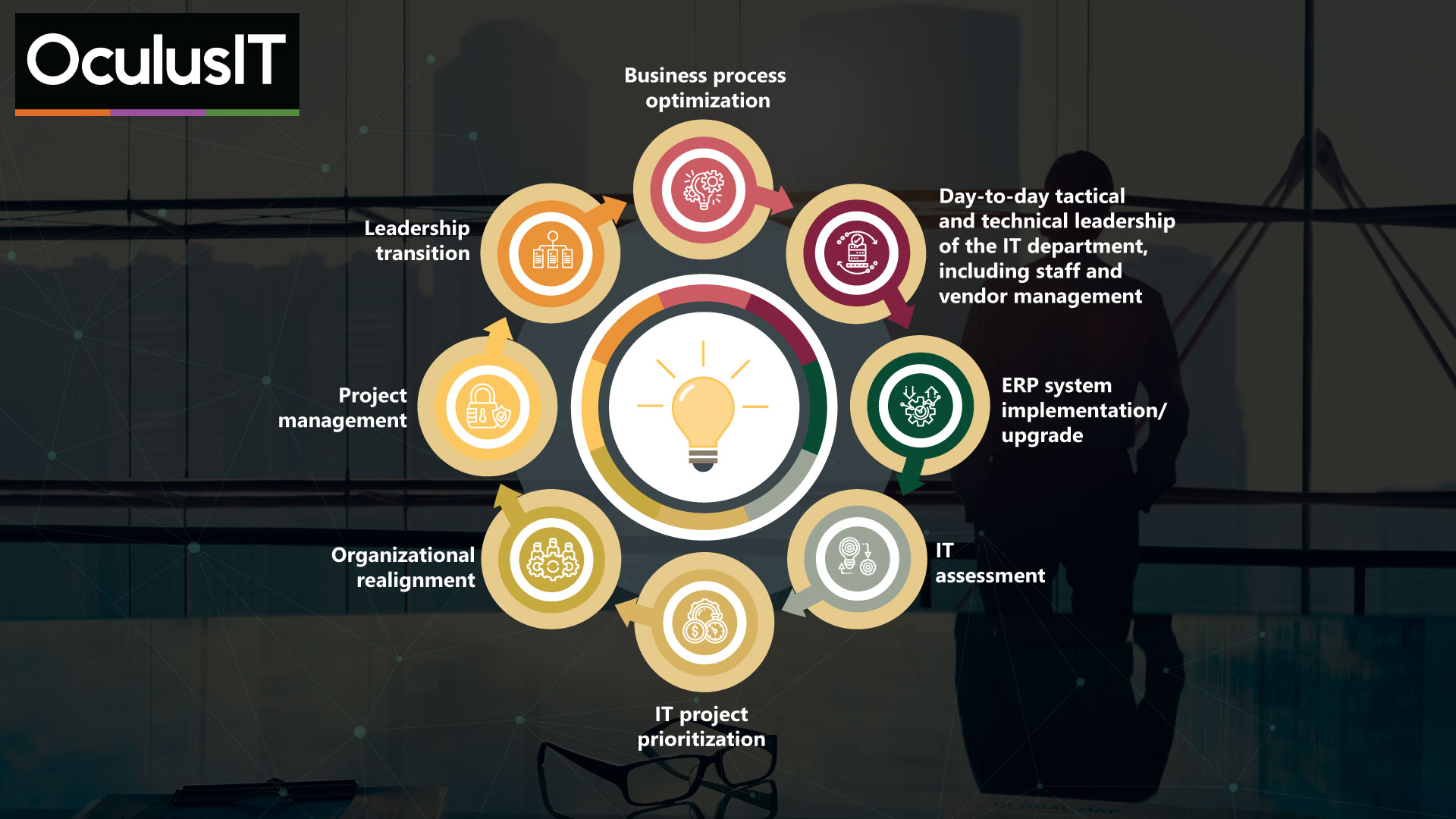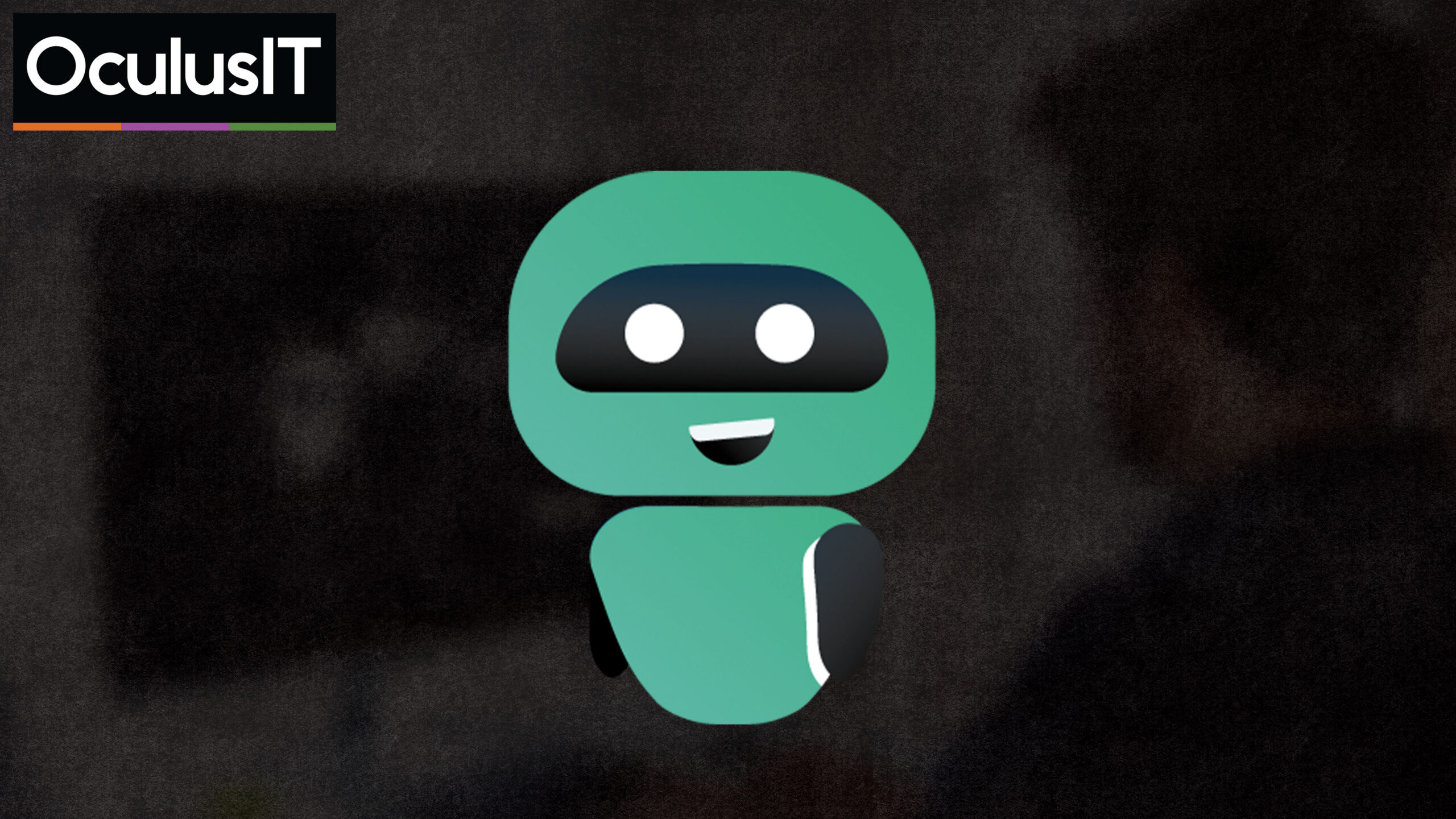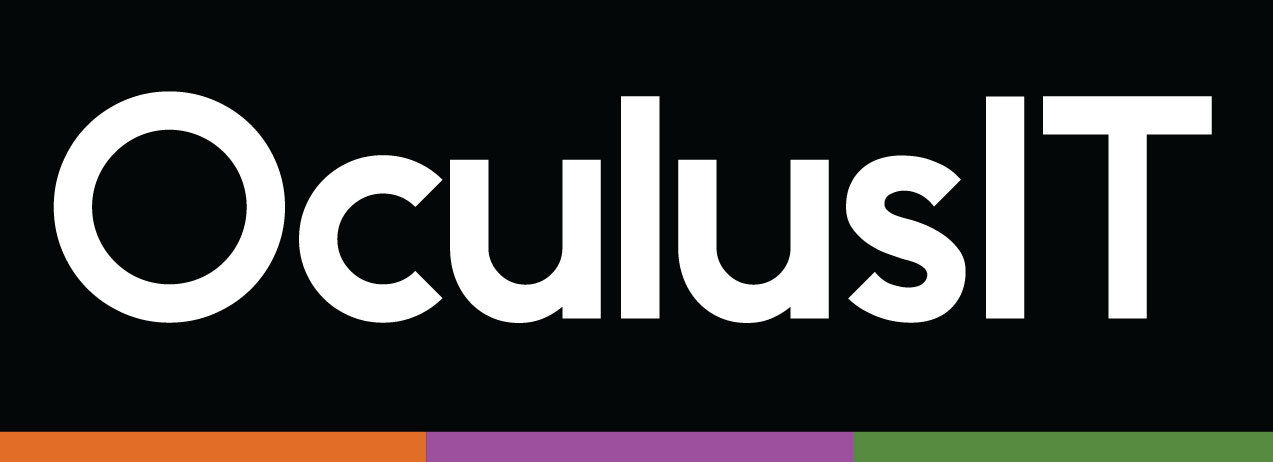
Achieving Seamless Integration: Strategies for Harmonizing Banner® ERP with Higher Education Systems
April 30, 2024
In today’s rapidly evolving educational landscape, institutions rely on a multitude of systems to manage various aspects of their operations efficiently. Among these, Banner® stands as a cornerstone for many higher education institutions, providing comprehensive enterprise resource planning (ERP) solutions. However, to maximize its utility and streamline processes, seamless integration with other critical systems such as learning management, student information, and financial systems is paramount. In this blog post, the expert team at OculusIT delves into strategies for seamlessly achieving this integration.
Understanding the Importance of Integration
Integration of Banner® with other systems offers several benefits. It enables data consistency across platforms, eliminates redundant data entry tasks, enhances operational efficiency, and provides a holistic view of institutional data. Moreover, seamless integration fosters collaboration among different departments and facilitates informed decision-making processes.
Identifying Integration Points
Before embarking on integration endeavors, institutions must identify key integration points between Banner® and other systems. These may include:
- Student Information System (SIS): Integration with the SIS ensures synchronization of student data such as enrollment status, course registrations, and academic records between Banner® and the SIS platform.
- Learning Management System (LMS): Integrating Banner® with the LMS facilitates the exchange of course offerings, class rosters, grades, and student information, enabling seamless academic workflows for faculty and students.
- Financial Systems: Integration with financial systems streamlines processes related to tuition payments, financial aid disbursements, budgeting, and accounting, ensuring accurate financial reporting and compliance.
Choosing Integration Methods
Several methods can be employed to achieve seamless integration between Banner® and other systems:
- API Integration: Leveraging Application Programming Interfaces (APIs) provided by Banner® and other systems, institutions can establish real-time communication channels for data exchange. APIs enable secure and standardized interactions, ensuring compatibility and scalability.
- Middleware Solutions: Middleware platforms act as intermediaries between disparate systems, facilitating data transformation, routing, and synchronization. These solutions offer pre-built connectors for popular systems, reducing integration complexities and development efforts.
- Data Integration Tools: Utilizing data integration tools such as Extract, Transform, Load (ETL) processes or Data Integration Platforms, institutions can automate data extraction, transformation, and loading tasks, enabling seamless data exchange between Banner® and other systems.
- Custom Development: In cases where off-the-shelf integration solutions are inadequate, custom development may be necessary. Institutions can engage experienced developers to build tailored integration modules or plugins that meet specific requirements and ensure seamless interoperability.
Ensuring Data Security and Compliance
While integrating Banner® with external systems, data security and compliance considerations are paramount. Institutions must implement robust authentication mechanisms, encryption protocols, and access controls to safeguard sensitive data. Moreover, adherence to regulatory requirements such as FERPA and GDPR is essential to protect student privacy and maintain data integrity.
Testing and Validation
Before deploying integrated solutions into production environments, thorough testing and validation are imperative. Institutions should conduct integration testing to ensure data accuracy, consistency, and system interoperability. Additionally, user acceptance testing (UAT) allows stakeholders to validate the functionality and usability of integrated workflows.
Continuous Monitoring and Maintenance
Integration is an ongoing process that requires continuous monitoring and maintenance. Institutions should establish monitoring mechanisms to detect and address integration failures, performance bottlenecks, and data discrepancies promptly. Regular maintenance activities such as version updates, patching, and performance tuning ensure the reliability and scalability of integrated systems.
Hence, a seamless integration of Banner® with other systems is essential for optimizing operational efficiency, enhancing collaboration, and enabling data-driven decision-making in higher education institutions. By understanding integration requirements, choosing appropriate methods, ensuring data security and compliance, and conducting thorough testing and maintenance, institutions can achieve harmonious interoperability between Banner® and critical systems, paving the way for transformative educational experiences.
Ready to streamline your integration efforts and maximize the value of Banner® within your institution? Contact us today to learn more about how OculusIT’s Banner® Managed Services can empower your institution to thrive in the digital age. Let’s embark on this journey together towards a more connected, efficient, and innovative educational ecosystem.
Recent Articles








